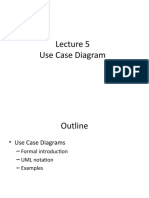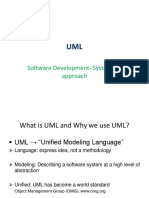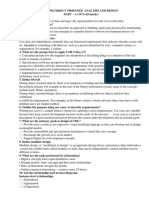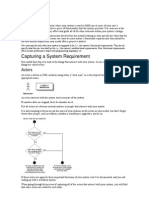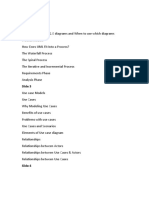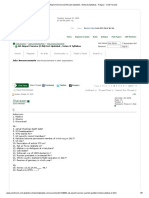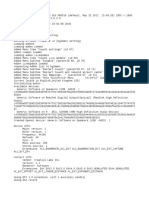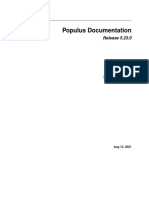0% found this document useful (0 votes)
23 views6 pagesUse Cases
The document explains the concept of use cases in software engineering, particularly focusing on the 'include' and 'extend' relationships in use case diagrams. It describes the roles of primary and secondary actors, the purpose of use case diagrams, and the importance of multiplicity in defining actor-use case relationships. Additionally, it outlines the phases of object-oriented software engineering, emphasizing the design phase as critical for implementation.
Uploaded by
manikanteshdoradla76Copyright
© © All Rights Reserved
We take content rights seriously. If you suspect this is your content, claim it here.
Available Formats
Download as PDF, TXT or read online on Scribd
0% found this document useful (0 votes)
23 views6 pagesUse Cases
The document explains the concept of use cases in software engineering, particularly focusing on the 'include' and 'extend' relationships in use case diagrams. It describes the roles of primary and secondary actors, the purpose of use case diagrams, and the importance of multiplicity in defining actor-use case relationships. Additionally, it outlines the phases of object-oriented software engineering, emphasizing the design phase as critical for implementation.
Uploaded by
manikanteshdoradla76Copyright
© © All Rights Reserved
We take content rights seriously. If you suspect this is your content, claim it here.
Available Formats
Download as PDF, TXT or read online on Scribd
/ 6

















